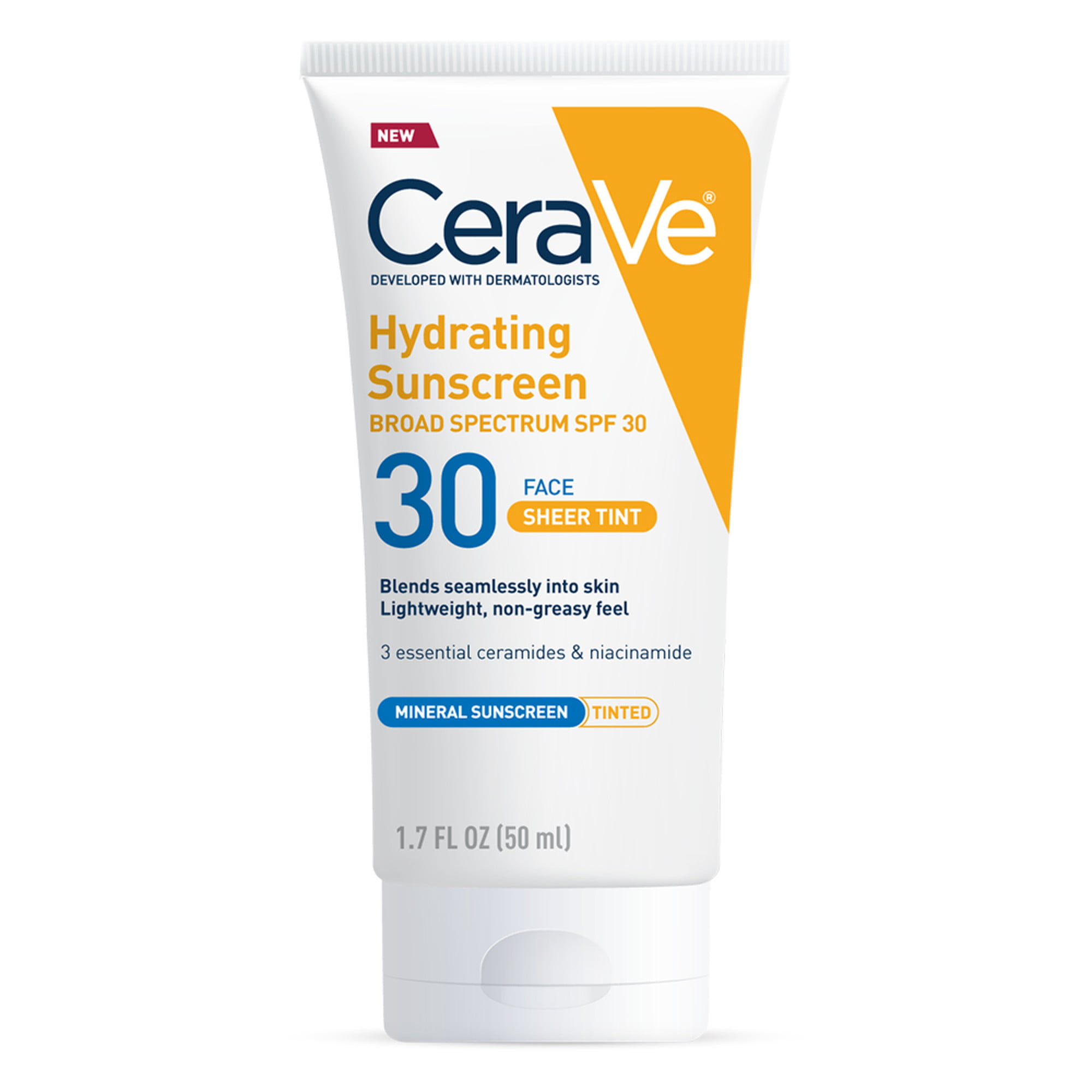

This meant it passed the sand test well, as nothing stuck to it. Soltan once is beautifully light – in fact, it’s almost imperceptible once on. You can then rub it in, and it sinks in beautifully. This suncream rolls on, like a deodorant, and deposits a whisper-like thin trail of suncream across the skin. Continue reading.īoots has smashed it here for easy application.
#BEST BABY SUNSCREEN FOR SENSITIVE SKIN SKIN#
We found that unless you’re really soaking the skin in warm soapy water, it ain’t going anywhere. This hypoallergenic sunscreen is resistant to water, salt, chlorine, sand and sweat. However, it doesn’t leave any white residue. It is quite hard to spot where you’ve put cream already, so you have to be extra vigilant with little kids when you’re applying.
#BEST BABY SUNSCREEN FOR SENSITIVE SKIN FREE#
We appreciated that it was fragrance free and doesn’t look at all greasy.

We found that although the spray isn’t precise, splurging out uneven dollops, the cream was thin and easily spread across the skin, sinking in immediately. Long UVA is what we need to protect our skin from year round, as it’s ever present and can cause pigmentation, photo aging and allergies. This broad spectrum sunscreen protects against UVB, UVA and long UVA. This meant we weren’t constantly losing a lid in our bag, and our younger, peskier kids couldn’t spray it at will on the windows, in their siblings’ eyes and so on. We liked that this sunscreen didn’t come with a lid – instead, you twist the spray applicator open and close. It’s incredibly gentle on all skin, and we found it came off cleanly after a good dunk in the bath.

We reapplied many times throughout the day, and a 200ml bottle lasted a good month across three children. This suncream was tolerated well by all our children and their sensitive skin. We found it went on incredibly well, wasn’t greasy and sank in very quickly with no ghostly white faces. The spray bottle makes it quick to use, dosing out a thin splodge that can then be rubbed in – or sprayed into your hands to then smooth into the face. Basically, this is a belts and braces suncream for kids, though we actually found it’s great for the whole family. It’s also sweat, water and sand resistant. It’s a broad-spectrum suncream protecting from both UVB+ and UVA rays and has been developed especially for kids’ sensitive skin. Not only has it been formulated to spread easily across the skin in an even layer but also to offer protection for those who are affected by sun intolerances. Our family are firm fans of La Roche-Posay’s anthelios sunscreen. Ultimately, you need to choose which is best for you – and sometimes that can come down to the price. Meanwhile the latter works by sinking in the skin and then when the UV rays permeate your skin, the filters react with the UV rays and convert them into heat that’s released via the skin. The former contain natural ingredients like zinc oxide which works by sitting on the skin and scattering the sunlight. Ones with mineral filters and ones with chemical filters. If applied too thinly, the protection will of course be less, but if putting sunscreen on a child is akin to wrestling an octopus (we know the struggle all too well), then go for a higher SPF.Īs if that’s not enough information to absord already, there are also a few different types of suncream. While the NHS advises not to use sunscreen on babies under six months – and for them to be kept out of strong direct sunlight, particularly between March and October when the sun’s rays are most powerful – you should apply sunscreens 30 minutes before you or your child goes out in the sun. However, you should reapply most sunscreens after two hours. So if you’re wearing a SPF50 you would, in theory, be protected for about eight hours. You may already know that SPF 50+ is the strongest SPF on the market, but did you know the number on the SPF denotes how long you’re protected for? For example, if you regularly start to feel the effects of the sun’s rays after 10 minutes, you then multiply that time by the SPF number. This is a measure of the amount of ultraviolet B radiation (UVB) protection in a suncream. Then there’s the SPF which denotes the sun protection factor. The UV rating measures the amount of protection against UVA rays – you want to see at least a four-star rating, but ideally this would be five. The first thing to look for in a suncream for kids is ultra violet (UV) star ratings and the SPF. Whether you’re jetting away to sunnier climes, or enjoying a UK-based holiday, you’ll want to protect your children’s sensitive skin from the sun’s harmful rays. As summer rolls around, and British weather gradually gets hotter, thoughts are quickly going to turn to sun protection.


 0 kommentar(er)
0 kommentar(er)
